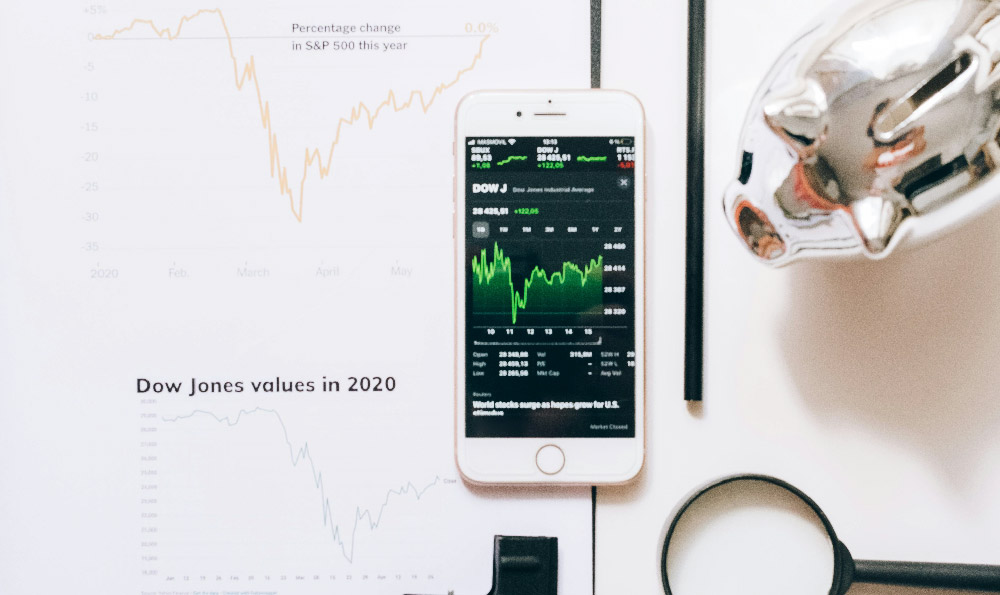Okay, consider me your seasoned cryptocurrency advisor. Let's delve into the pivotal question of Bitcoin investment, and more specifically, how much Bitcoin you should consider acquiring and its potential for profitability. This isn't a one-size-fits-all answer, so we'll unpack the nuances involved.
Before even contemplating the quantity, understand that Bitcoin, like any investment, carries inherent risks. Volatility is its defining characteristic. Dramatic price swings are common, driven by factors like regulatory announcements, technological advancements, macroeconomic conditions, and even social media sentiment. A thorough understanding of these risks is paramount before committing any capital.
The "how much" question directly depends on your individual risk tolerance, financial goals, investment horizon, and overall financial situation. Think of it this way: Bitcoin should be a component of a diversified investment portfolio, not the sole focus. A classic blunder is allocating a disproportionately large sum to a single, highly volatile asset. This can lead to significant financial distress if the market turns against you.

Therefore, a sensible approach starts with assessing your risk tolerance. Are you comfortable with the possibility of losing a substantial portion of your investment in the short term? If not, a smaller allocation is more appropriate. A general rule of thumb, often cited but needing individual adjustment, is to allocate no more than 5-10% of your investment portfolio to higher-risk assets like Bitcoin. This percentage can fluctuate based on your age, income, and other investments. Younger investors with a longer time horizon might consider a slightly higher allocation, while those closer to retirement may opt for a more conservative approach.
Next, consider your financial goals. Are you looking for long-term capital appreciation, or are you hoping to make a quick profit through short-term trading? Bitcoin can potentially serve both purposes, but the strategy differs significantly. Long-term investors, often referred to as "HODLers," buy and hold Bitcoin, regardless of short-term price fluctuations, believing in its long-term potential as a store of value. This approach generally requires less active management and is less susceptible to emotional decision-making during market dips. Short-term traders, on the other hand, attempt to profit from price volatility by buying low and selling high. This requires technical analysis skills, a deep understanding of market dynamics, and a strong emotional discipline. It's a much riskier strategy and not recommended for novice investors.
Your investment horizon also plays a crucial role. If you need the invested capital in the near future, Bitcoin might not be the ideal investment. Its volatility can lead to unexpected losses, potentially jeopardizing your financial plans. However, if you have a longer time horizon (e.g., 5-10 years or more), you're better positioned to ride out market fluctuations and potentially benefit from long-term price appreciation.
Beyond these personal factors, understanding Bitcoin's fundamentals is crucial. It’s a decentralized, digital currency powered by blockchain technology. Its limited supply (21 million coins) is often cited as a key factor contributing to its potential as a store of value, particularly in an environment of increasing inflation and quantitative easing. Understanding concepts like the halving, mining, and the underlying technology can provide a stronger foundation for your investment decisions.
Now, let’s tackle the “can it make you money?” part. The historical performance of Bitcoin has been remarkable. Early adopters who invested even small amounts years ago have seen substantial returns. However, past performance is not indicative of future results. The cryptocurrency market is still relatively young and evolving, and future returns are far from guaranteed.
Several factors could influence Bitcoin's future price, including:
- Adoption: Increased adoption by institutional investors and mainstream users could drive demand and push prices higher.
- Regulation: Regulatory clarity and favorable policies could boost investor confidence and attract more capital. Conversely, restrictive regulations could negatively impact Bitcoin's price.
- Technological advancements: Improvements in Bitcoin's scalability, security, and privacy could enhance its utility and appeal.
- Macroeconomic factors: Inflation, interest rates, and global economic conditions can all influence Bitcoin's price.
To mitigate risks, consider employing the following strategies:
- Dollar-Cost Averaging (DCA): Invest a fixed amount of money at regular intervals, regardless of the price. This helps to smooth out the volatility and avoid the pitfall of trying to time the market.
- Diversification: Don't put all your eggs in one basket. Spread your investments across different asset classes to reduce your overall risk.
- Secure Storage: Protect your Bitcoin by using a reputable cryptocurrency wallet and enabling two-factor authentication. Consider using a hardware wallet for added security.
- Continuous Learning: Stay informed about the latest developments in the cryptocurrency space. Follow reputable news sources, attend industry events, and consult with financial professionals.
- Avoid Hype: Be wary of get-rich-quick schemes and overly optimistic predictions. Do your own research and make informed decisions based on your own analysis.
Finally, remember that investing in Bitcoin is a marathon, not a sprint. It requires patience, discipline, and a willingness to adapt to changing market conditions. While Bitcoin has the potential to generate significant returns, it's essential to approach it with a realistic understanding of the risks involved and a well-defined investment strategy. Consult with a qualified financial advisor to tailor a plan that aligns with your individual circumstances and financial goals. Don't invest more than you can afford to lose, and always prioritize your long-term financial well-being.












